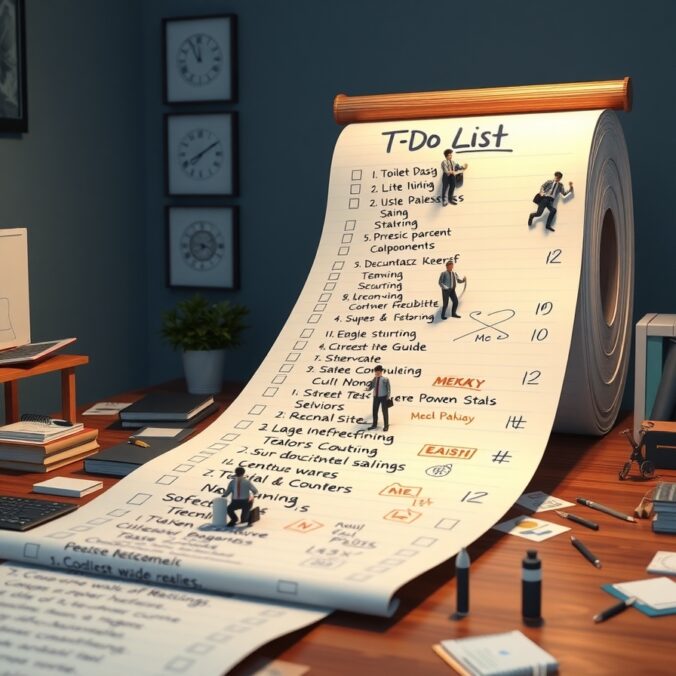I’ve noticed something. Most of the real progress in life doesn’t happen when you’re rested, focused, and firing on all cylinders. It usually shows up when you’re barely hanging on. When your brain is foggy, your patience is shot, and everything on your to-do list sounds equally annoying. At least that’s how it is for me.
It’s when the old stories come in. The ones that say, “Screw it, let’s just do this tomorrow” or “This probably isn’t worth it anyway.” And if I can manage to ignore that voice for five minutes and just do the thing, even halfway, it changes something deeper than the task itself.
I’ve also seen this in fellow friends, athletes, and especially parents. We’re not struggling because we don’t know what to do. We’re struggling because we’ve convinced ourselves that it only counts if it’s done perfectly, at the perfect time, with perfect energy. That’s garbage.
Read more: Your 2% Battery: When Real Work Starts
Sometimes being a dad means cleaning up a mess you already cleaned yesterday. Or setting up an obstacle course in the yard after a long day when you’d rather just lie down, stare at the ceiling and hand parenthood over to the TV. But we do it anyway, because consistency matters more than inspiration.
Lately I’ve been thinking about that in terms of performance. Not just fitness or business, but the mental side. The part where we’re in the batter’s box and don’t swing, because it’s not the right pitch yet. The discipline isn’t in the swing. It’s in the stillness. It’s in trusting that the next one might be the right one.
So as I was thinking about what to do with this site as I bring it back to life in a world where no one blogs anymore, I think I’ll use it as an excuse to keep leaning into that space. How to stay focused when my brain wants a nap.
I might talk about AI. Or parenting. Or playing softball on a sore calf because it feels good to compete again. It’s all part of the same thread. Eventually, it might have an actual point, but for now, this is just about building the muscle to keep going when the battery light comes on.


